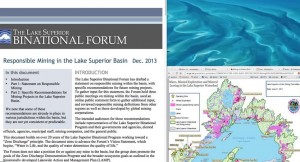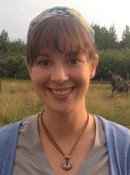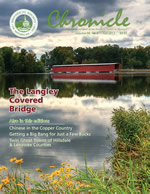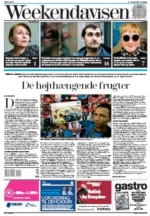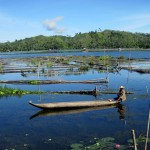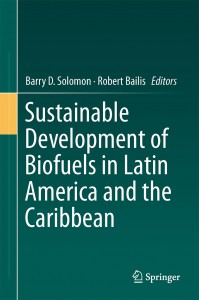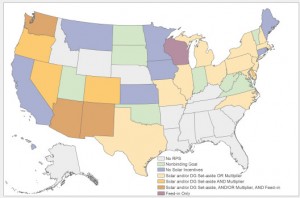 Chelsea Schelly (SS) has published the following papers: Schelly, C. “Implementing Renewable Energy Portfolio Standards: The Good, the Bad, and the Ugly in a Two State Comparison.” Energy Policy. Article in press; Corrected proof available online.
Chelsea Schelly (SS) has published the following papers: Schelly, C. “Implementing Renewable Energy Portfolio Standards: The Good, the Bad, and the Ugly in a Two State Comparison.” Energy Policy. Article in press; Corrected proof available online.
Schelly, C., and Price, J. (2014). “Utilizing GIS to Examine the Relationship Between State Renewable Portfolio Standards and the Adoption of Renewable Energy Technologies.” ISPRS International Journal of Geo-Information 3(1), 1-17.
From Tech Today.
